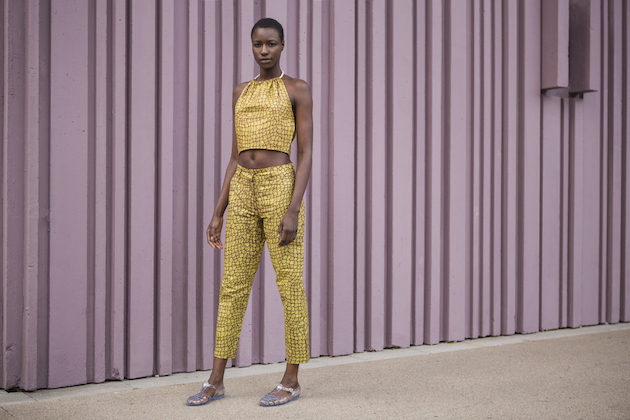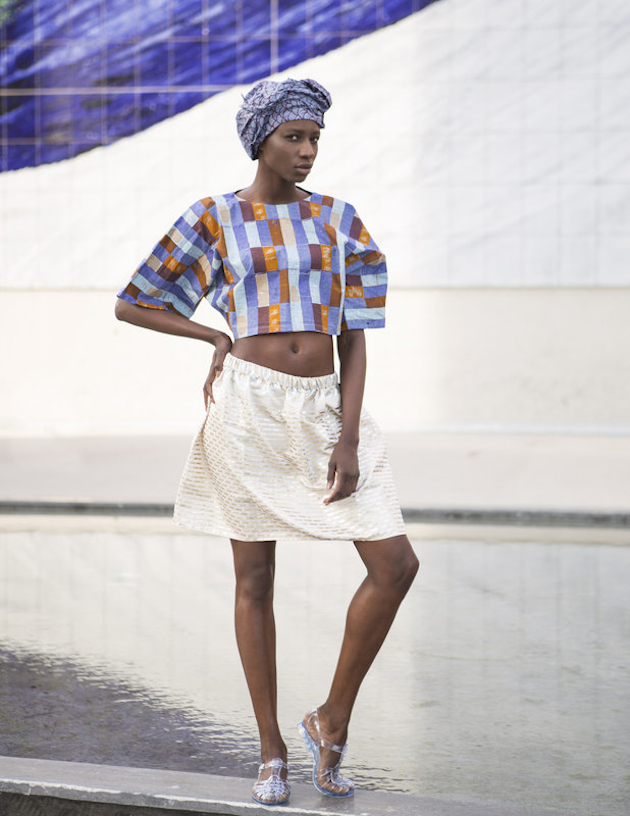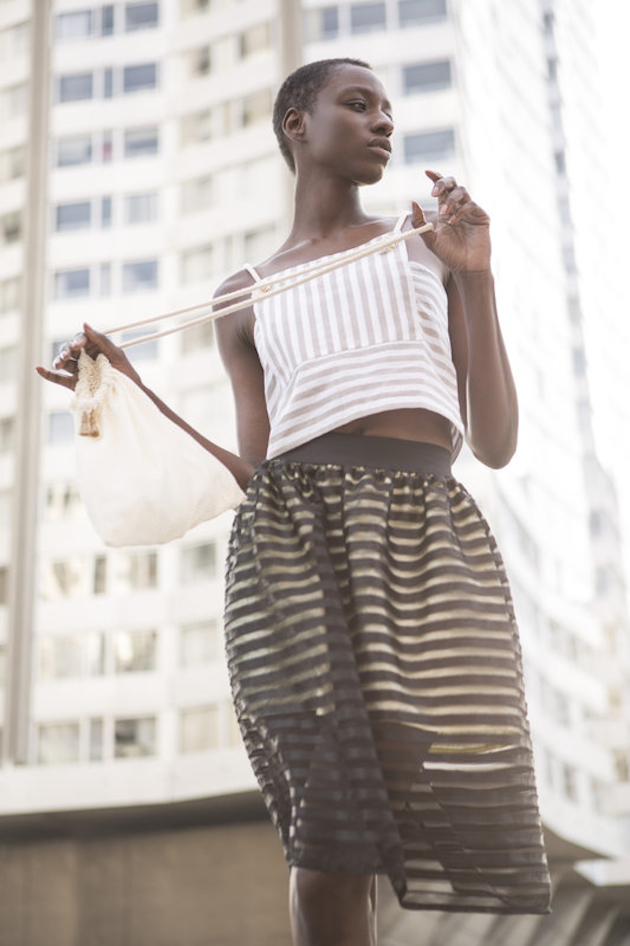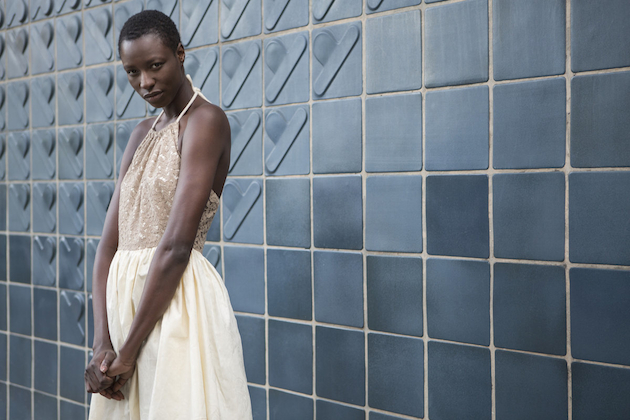
In a time when different cultural traditions and approaches are influencing everything, from high fashion brands to newer and more unestablished labels, the lines between right and wrong when it comes to finding inspiration in other cultures, has faded. In the case of the new Paris-based brand Awale, that bases both its brand-value as well as its design aesthetic around the combination of African influences and modern approaches, the topic of cultural borrowing, once again, feels current. Awale markets its pieces as ”ethnic”, by proclaiming them to be a result of blending of cultural and textile traditions. The result are handmade pieces in limited editions, that leave us with questions about wether or not this really is an acceptable way of marketing such a product. Should ethnicity be exploited in order to sell material goods?


This is a topic without clear directives or guidelines, if there would have been any we wouldn’t feel the need of discussing it, but there aren’t and we are forced to. Fashion can and should, as any other art form, be able to be both provocative and express and interpret different cultures. What it shouldn’t do is to misuse that creative freedom, due to the fact that creativity comes with a responsibility which ,when treated right, can grow to a fantastic opportunity that opens doors to new cultures and lifestyles for people who wouldn’t otherwise have been able to explore them. When taking inspiration from something we aren’t familiar with or bringing it to a context that will understand it to an even lesser extent, we have the responsibility to find out more about it before translating it to the rest of the world through a simple piece of clothing. If that is done with respect and a genuine interest in the culture and traditions we are influenced by, it will turn out to be both a beautiful and a meaningful way of designing.


